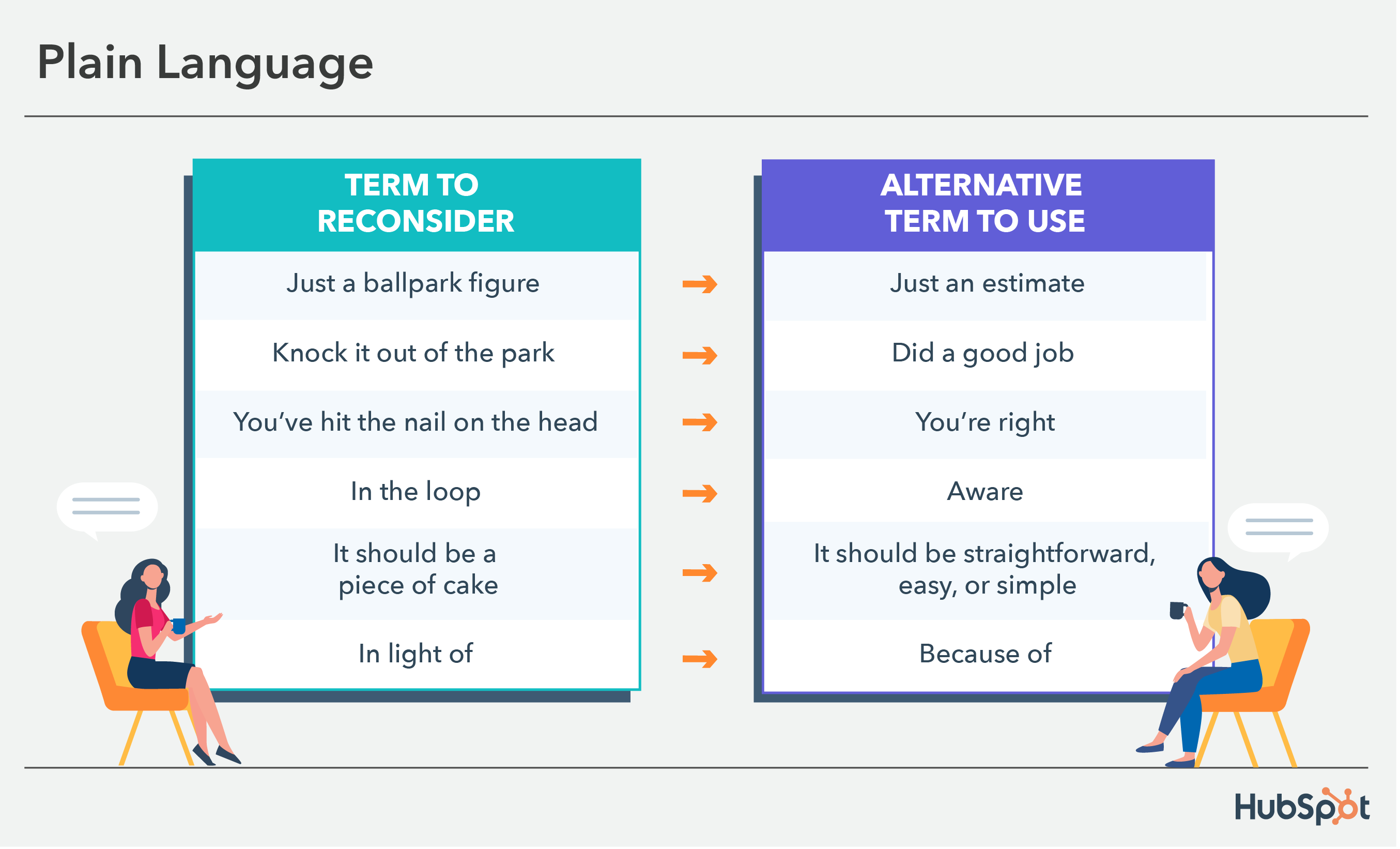The Guidelines for Inclusive Language, published by the Linguistic Society of America (LSA), define inclusive language as language that “acknowledges diversity, conveys respect to all people, is sensitive to differences, and promotes equal opportunities.” How language is used, especially by institutions such as educational systems, can deeply impact how communities within those systems view race, gender, ability, and cultures. Inclusive language can also be viewed as the intentional use of words and phrases with the purpose of avoiding biases and discrimination against groups of people based on race, gender, socioeconomic status, and ability. It’s just one part of inclusive communication, which also factors in verbal communication, tone of voice, listening skills, and contextual understanding.
EDUCAUSE has compiled an Inclusive Language Guide https://docs.google.com/document/d/1aaZoDtMySP2pdExyTu56Jfe2fpU5NIsq9EpENrBhe78/edit with the intent to support inclusive dialouge. [As a reminder, IU is an institutional member of EDUCAUSE]
They provide the following caveat: Although these discussions are deeply important, many of the questions won’t be answered with a single solution that is acceptable to everyone. One person’s sense of inclusive language can be another person’s definition of thin-skinned hypersensitivity. Writers and editors should approach these issues with curiosity and use discretion.
In addition to the guiding principles EDUCAUSE provides, it may also be helpful to consider other aspects of inclusive communication (compiled from HubSpot, The American Psychological Association, and the United Nations) including but not limited to:
- When focusing on words and correctness, it can become easy to forget you are talking to a real person, so remember to engage in active listening: See Habit 5 of 7 Habits of Highly Effective People: Seek First to Understand, Then to be Understood.
- Pay attention to how they talk about themselves as well as contextual cues.
- Avoid stereotyping people, even if the association is positive.
- Place the person before their condition (there are exceptions, but if you’re not sure, opt for person-first language or ask).
- Don’t use general or vague terms when a specific term is more appropriate.
- Be attentive to changes in language used among identity communities.

Leave a Reply